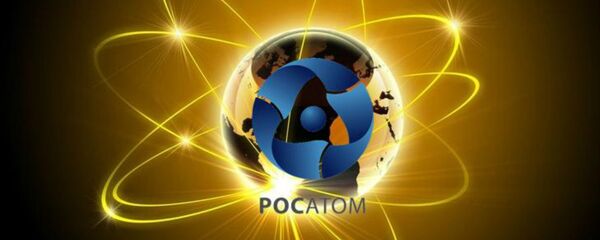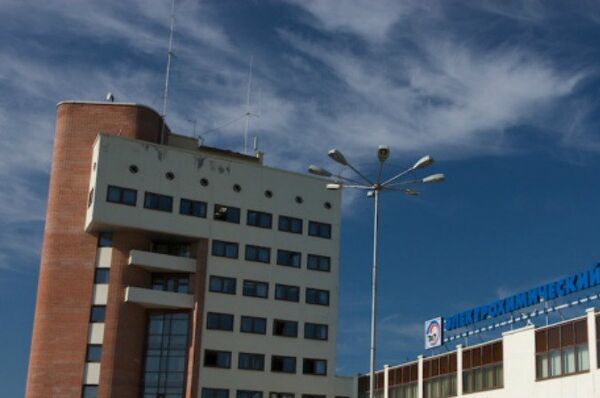Located 200 kilometers from the major Russian city of Krasnoyarsk, Zelenogorsk remains a closed town with a population of 63,000 people, according to journalist Pavel Orlov. The huge territory of the Electrochemical Plant consists of four main workshops — each about a kilometer long — and half a dozen auxiliary buildings.
Interestingly, the territory of the plant is inhabited by a colony of ground squirrels called "susliks", with local employees jokingly saying that they are entrapped in the largest and most well-guarded cell in the world.
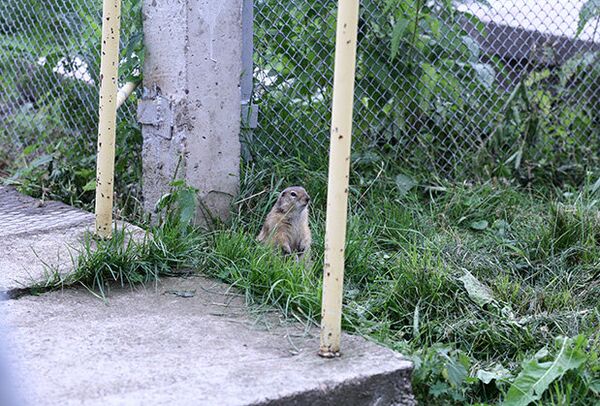
As for the tens of thousands of centrifuges that are in place at the plant, each of them looks like a large fire extinguisher repainted blue, according to Orlov.
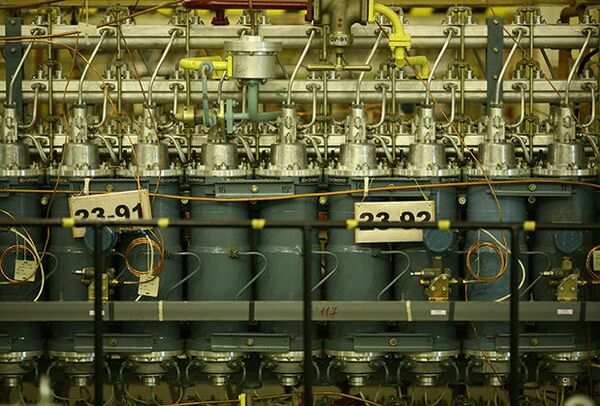
Sets of ten centrifuges are connected parallel to one another in a group called a cascade; the cascades are in turn installed in three-story buildings and hundreds of rows of them can be seen in each workshop.
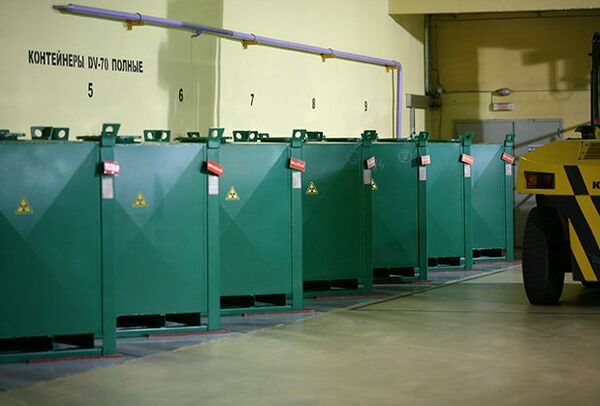
Notably, the rotors of these ninth generation centrifuges operate at a speed of about 2,000 rotations per second, and they have been spinning for 30 straight years. Only one company in the world has a similar set-up — the British-German-Dutch firm URENCO.
The principle of a gas centrifuge's operation is rather simple. The rotor is installed on a steel needle which is in turn based on a corundum thrust plate, while its upper part is held by an electromagnetic field and hangs in a vacuum.

It can be likened to a child's humming top toy with a hermetic body. Interestingly, the centrifuge rotates at least five times faster than the rotor of a turbojet engine at maximum capacity, making about 1.89 trillion rotations in 30 years.
The gas centrifuges perform a key function in nuclear power generation: they separate uranium-235 from uranium-238. The gas centrifuge was developed to replace the gaseous diffusion method of uranium-235 extraction.
These isotopes are split via the use of many individual centrifuges arranged in cascades that achieve successively higher degrees of separation. This process yields higher concentrations of uranium-235 while using significantly less energy compared to the gaseous diffusion method.
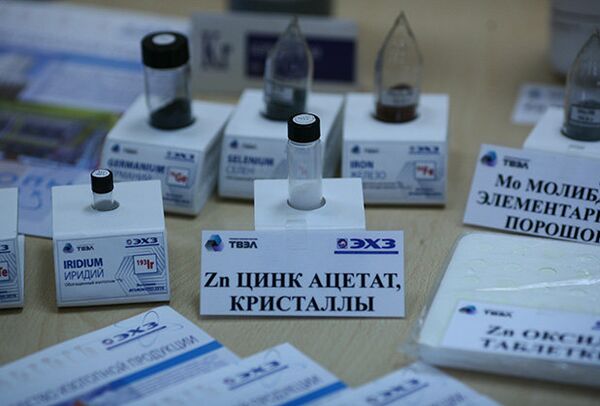
At least 15 percent of the world's uranium is enriched at the Electrochemical Plant in Zelenogorsk, where 30 percent of the global supply of stable isotopes is also produced with the help of the centrifuges. They look like the gas centrifuges, but they differ considerably in terms of design.
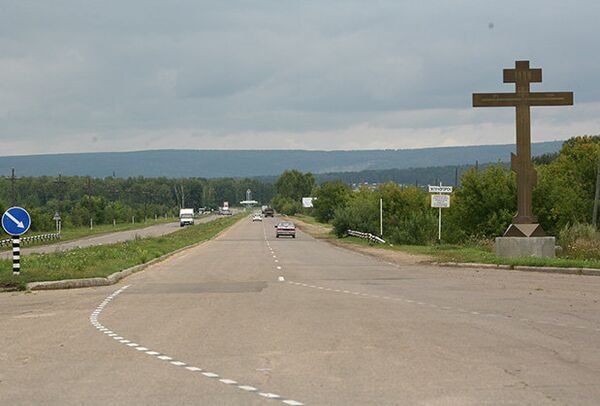
The plant produces 95 isotopes of 19 chemical elements, including molybdenum, nickel, tellurium, argon, germanium, silicon, krypton, xenon, carbon dioxide and some others.

The enriched or depleted isotopes are used in medicine, the nuclear and electronics industries, for fundamental physics research and in high technology. The stable isotopes produced at the Zelenogorsk Electrochemical Plant are supplied to 30 countries, including Germany, the US, the UK and Canada.
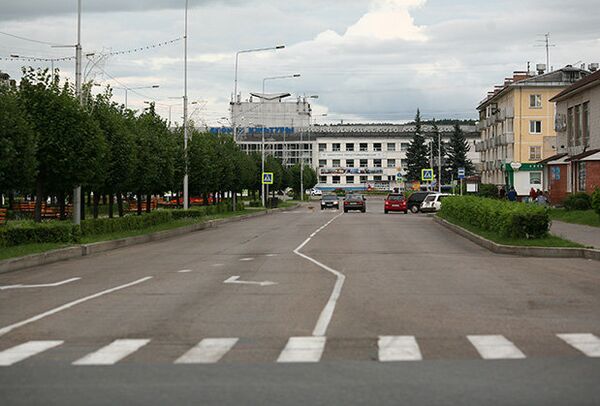
Neither the United States, which has the world's largest stock of nuclear reactors, nor France has managed to create its own centrifuges, despite desperate attempts. Both countries currently purchase the URENCO-made centrifuges.


